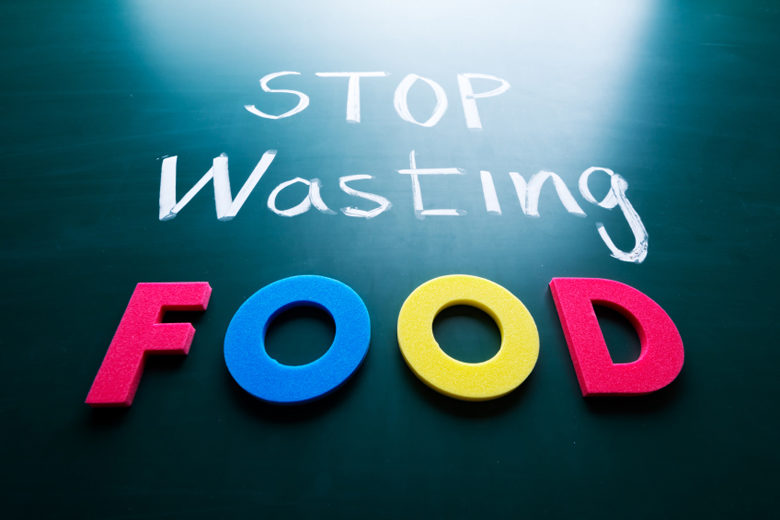
About 40 percent of the food produced in the United States remains uneaten and goes to waste. Much of that comes from supermarkets and restaurants, but individual households also discard more food than necessary. Billions of pounds of perfectly good food, worth hundreds of millions of dollars, are thrown out every year due to overstocking and confusion over expiration dates, according to a recent study by the Harvard Food Law and Policy Clinic and the Natural Resources Defense Council.
One of the main culprits in this colossal wastefulness is the convoluted labeling system that is supposed to determine expiration dates for perishable goods, according to the researchers. The dates printed on packaged food products — which are designed to let manufacturers indicate peak quality, help retailers with stocking and inform consumers about the best time period for use — are vastly inconsistent and even misleading.
“All those dates on food products — sell by, use by, best before — almost none of those dates indicate the safety of food, and generally speaking, they’re not regulated in the way many people believe,” the study report concludes.
Surprisingly, the U.S. government has never established a national standard for expiration date labeling and has instead left these matters in the hands of the Food and Drug Administration (FDA) and the U.S. Department of Agriculture (USDA). The result is a hodgepodge of (mostly state-level) regulations that vary considerably, not only geographically but also between food categories. Moreover, different methods are in use to determine expiration dates, from lab tests to consumer satisfaction reports.
For example, in Florida, milk must have a shelf-life date, but it is not defined what that means in terms of freshness and safety. In California, the milk processor decides how long quality is ensured, but that doesn’t restrict sales. In Montana, milk must have a “sell-by” date within 12 days of pasteurization. In Pennsylvania, it’s 17 days. A number of states have no such requirements whatsoever.
Many dates printed on food packages are not meant for consumers at all. Some are put in place for communication between manufacturers and retailers. For instance, “pack date” means the date on which an item was made or packaged. “Sell by” indicates the date or time frame the manufacturers recommends for sale at peak quality. It doesn’t necessarily mean the product is unsafe for consumption thereafter.
Information that is directed to consumers can be worded as “use by,” “best by,” “freeze by,” “guaranteed fresh until,” and so on. Again, these are recommendations given by manufacturers who are keen to see their products being used at their highest quality to ensure customer satisfaction and protect brands.
In terms of food safety, of much greater concern for consumers than expiration dates should be warehousing and transportation of the products they buy. While they as individuals have no way of knowing what has happened to their food before they pick it off the shelf, consumers should make certain to bring their purchases home and refrigerate them properly without unnecessary delay. Leaving grocery bags in the car for extended periods of time, especially on hot summer days, can cause enough spoilage to render some foods unsafe for consumption right there and then. Especially vulnerable to heat are seafood, poultry and dairy products.
Despite all the confusion and inconsistencies, experts still recommend to check expiration date labels and go with the date that’s furthest ahead. If there is any doubt about food safety, e.g. because something looks or smells a bit suspicious, it is always better to err on the side of caution. There is no point in getting food poisoning, just because you don’t want to be wasteful either.




